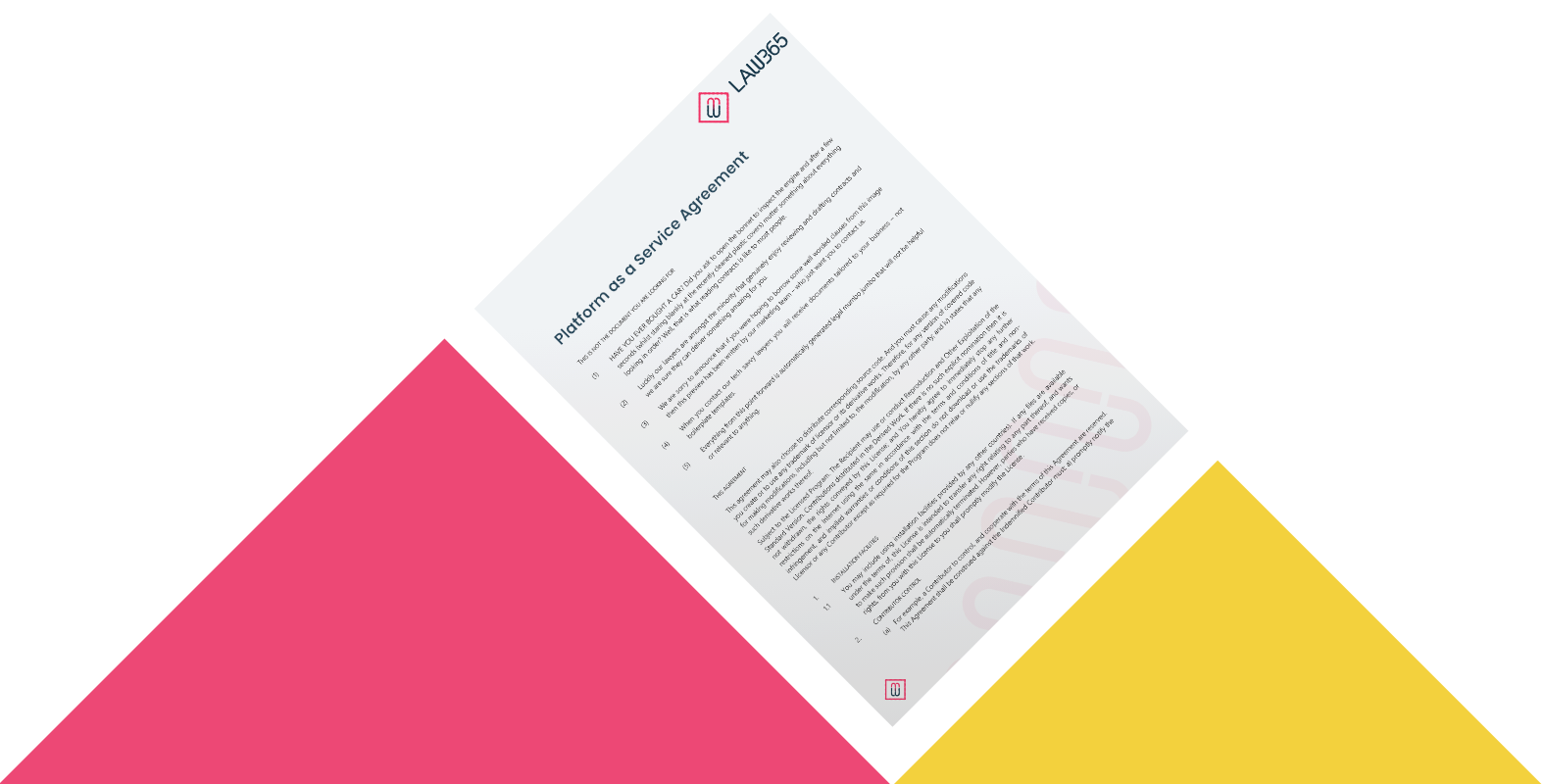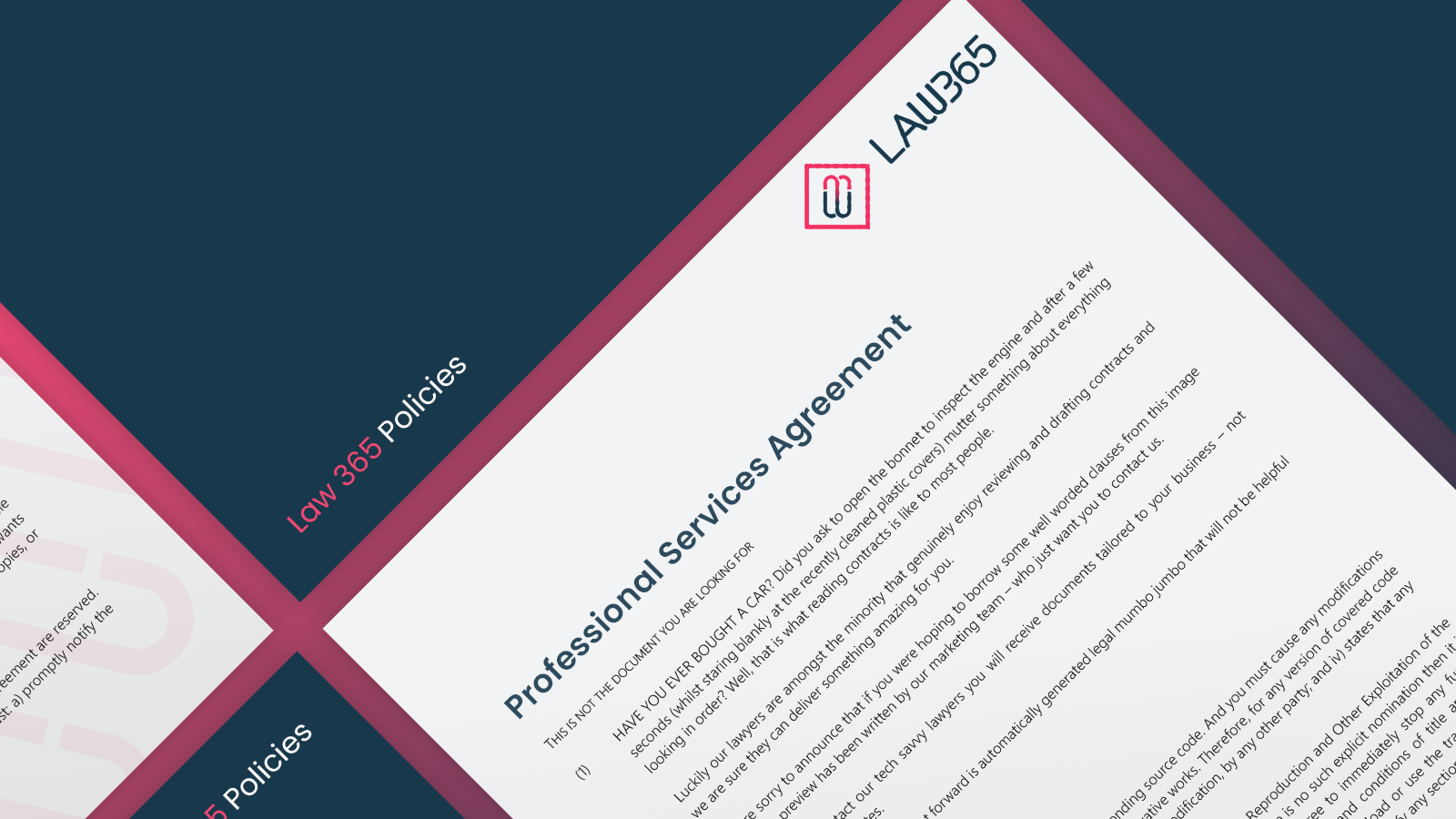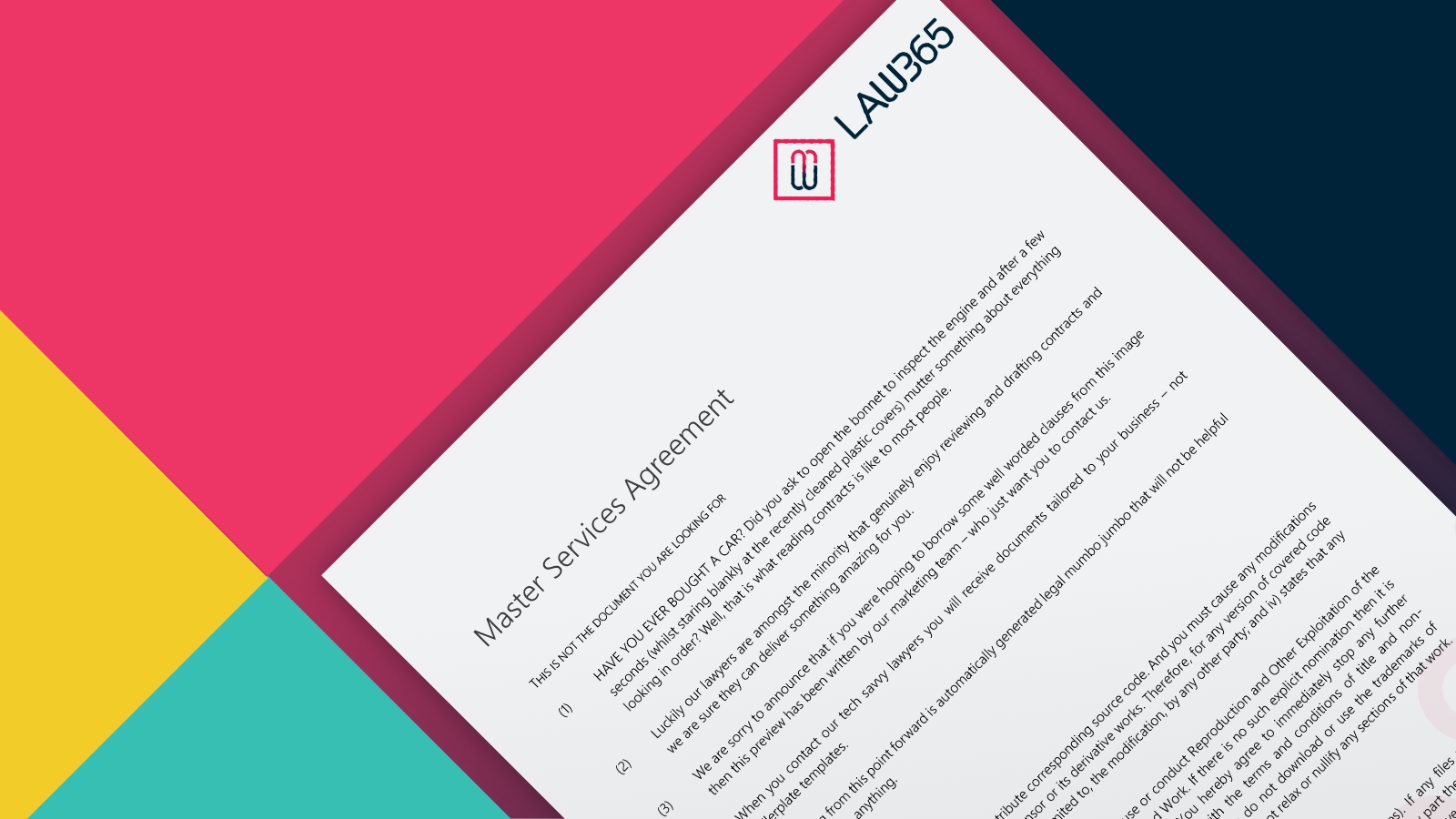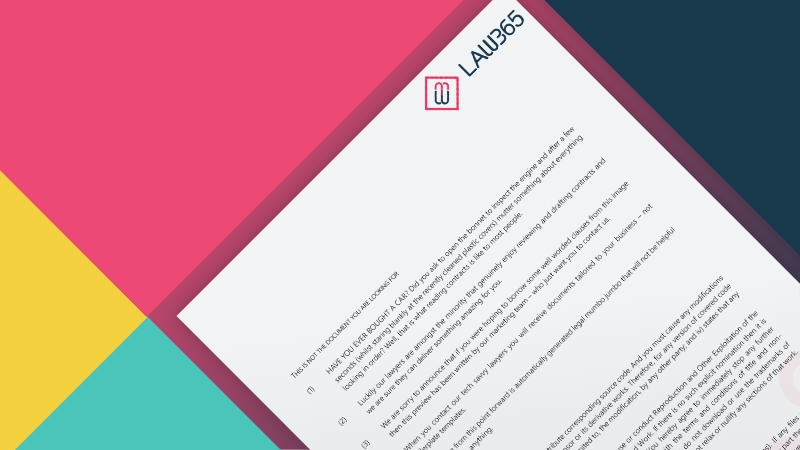
Table of contents
View the contents of a
Key facts
Get the key facts for a
Frequently Asked Questions
A: PaaS is the next step up in the chain for creating software applications. It's like IaaS (Infrastructure as a Service), because it still provides the infrastructure (storage and servers) but it also provides the platform for designers to host and share SaaS products, complete with tools and database management systems.
A: PaaS services are the online platforms where apps can be created by designers. Popular PaaS services are Microsoft Azure, Google app engine and Cloud Foundry.
A SaaS agreement is between a developer and an end user, whereas a PaaS agreement is between the platform host and developer.
For this reason, PaaS agreements tend to be more detailed and technical. For example, if a developer creates something on the host’s platform, who owns the intellectual property rights in that PaaS relationship? All this needs to be ironed out, clearly and concisely, in the PaaS Agreement.
Used by
Contact us
Other documents we can help you with...




